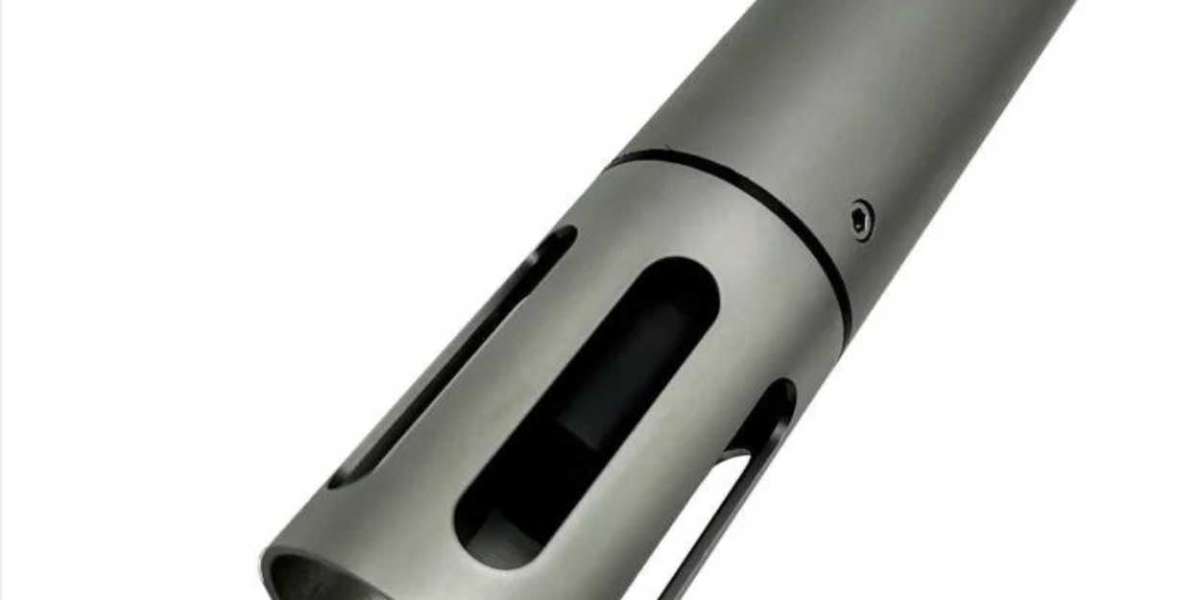Dissolved Oxygen (DO) is a vital parameter in water quality monitoring, crucial for the survival of aquatic life and the effectiveness of water treatment processes. Accurate measurement of dissolved oxygen levels helps ensure healthy ecosystems, optimize industrial processes, and maintain regulatory compliance. A reliable DO sensor is essential for obtaining precise and consistent DO readings. This guide will discuss the importance of monitoring dissolved oxygen, how a DO sensor works, and tips for optimizing its performance.
Understanding Dissolved Oxygen (DO): Dissolved oxygen refers to the amount of oxygen that is present in water in its dissolved form. It is a critical factor for the respiration of aquatic organisms, the degradation of organic matter, and the prevention of anaerobic conditions. Low levels of dissolved oxygen can lead to the death of fish and other aquatic life, while high levels are necessary for the efficiency of aerobic water treatment processes. Regular monitoring of DO levels is vital for maintaining the health of aquatic environments and ensuring the success of various industrial applications.
The Role of a DO Sensor: A DO sensor is a device designed to measure the concentration of dissolved oxygen in water. It is widely used in environmental monitoring, aquaculture, wastewater treatment, and industrial process control. The accuracy and reliability of a DO sensor are critical for obtaining meaningful data that supports informed decision-making and compliance with environmental regulations.
How a DO Sensor Works: DO sensors operate based on different principles, with the most common being electrochemical and optical methods:
Electrochemical Sensors: These sensors include galvanic and polarographic types. In a galvanic DO sensor, an anode and cathode are immersed in an electrolyte solution. Oxygen diffuses through a membrane and reacts at the electrodes, generating a current proportional to the concentration of dissolved oxygen. Polarographic sensors function similarly but require a small voltage to be applied to the electrodes.
Optical Sensors: Optical DO sensors use fluorescence or phosphorescence to measure dissolved oxygen levels. A light source excites a fluorescent or phosphorescent material, and the sensor measures the time it takes for the material to return to its original state. The presence of oxygen quenches the fluorescence, shortening the return time, which is inversely proportional to the dissolved oxygen concentration.
Tips for Optimizing DO Sensor Performance:
Regular Calibration: Calibration is crucial for ensuring accurate measurements. Use a standard solution or perform in-situ calibration in water with a known DO concentration. Regular calibration keeps the sensor’s readings precise and reliable.
Maintenance and Cleaning: Regularly clean the DO sensor to prevent fouling, which can lead to inaccurate readings. For electrochemical sensors, ensure the electrolyte is fresh, and for optical sensors, keep the optical window clean and free from debris.
Proper Placement: Position the DO sensor correctly in the water to avoid interference from bubbles, sediments, or biofouling. Ensure the sensor is fully submerged and placed in an area that represents the overall water body for accurate readings.
Temperature Compensation: Dissolved oxygen levels are affected by temperature, so ensure your DO sensor has temperature compensation to account for these variations. This feature adjusts readings based on temperature changes, providing more accurate data.
Conclusion: Monitoring dissolved oxygen is essential for maintaining water quality in various applications, from environmental monitoring to industrial processes. Utilizing a high-quality DO sensor and following best practices for calibration, maintenance, and placement will ensure accurate and consistent measurements. This enables you to make informed decisions, optimize processes, and protect aquatic life.



